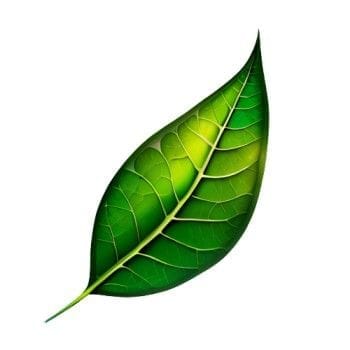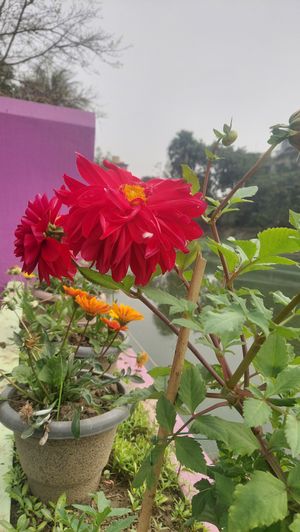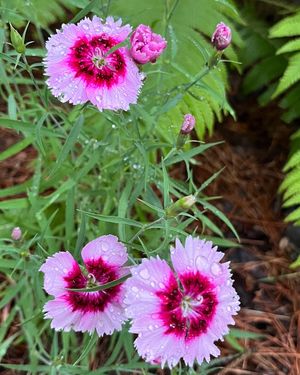
If you are looking for a flowering plant that grows beautiful and colorful flowers and can tolerate extreme heat and drought, Gazania is one of the best choices.
Gazanias, known for their extreme heat and drought tolerance, are simple and easy to grow. They feature striking flowers up to 4 inches across in attractive colors. While commonly grown as annuals, some perennial varieties can withstand winters down to Zone 4. The key difference between hardy perennial and common annual gazanias is in bloom size, color intensity, and foliage characteristics.
Gazania Varieties
Annual gazanias typically have larger, more colorful blooms and bigger foliage with a silvery-white underside. They bloom more frequently and longer than their perennial counterparts, which usually have simpler, solid-colored summer blooms and smaller flowers with more foliage.
All gazania varieties have a unique characteristic: their blooms only open during the day. They remain closed at night and during overcast or stormy weather.
Gazania Overview
Below is given a little overview of Gazania:
- Genus Name: Gazania
- Common Name: Gazania
- Plant Type: Annual, Perennial
- Preferred Light: Full Sun
- Size: 6 to 12 inches in height and width
- Flower Color: Orange, Pink, Red, White, Yellow
- Foliage Color: Blue/Green, Gray/Silver
- Seasonal Features: Fall Bloom, Summer Bloom
- Special Features: Attracts Birds, Good for Containers, Low Maintenance
- USDA Zones: 4 to 10
- Propagation Methods: Division, Seed
- Problem Solving: Drought Tolerant, Groundcover
Planting Gazania
Gazanias thrive best in full sun, suffering in any shade with issues like powdery mildew and legginess. They are ideal for various situations, including container gardens and groundcover, and excel as edging plants along walkways.
Planting Instructions
You should plant gazanias in early spring in well-draining soil. They adapt well to dry climates, emulating their native South African mountain regions. For heavy soils, consider using pots for planting. Ensure the soil is dry most of the time.
Gazania Care Tips
Gazanias require minimal care. They prefer full sunlight and dry, rocky soil conditions.
Light Requirements
Full sunlight is crucial for gazanias. Inadequate light leads to closed flowers and leggy growth.
Soil and Water Needs
These plants prefer sandy, well-drained soil with a neutral pH. Water sparingly and early in the day to prevent root rot and powdery mildew.
Temperature and Humidity
Gazanias flourish in hot, dry temperatures and low humidity. In tropical climates, they can grow as perennials. In colder regions, protect them with mulch, but they may not survive more than a mild frost.
Fertilization and Pruning
Fertilization is generally unnecessary. Prune perennial gazanias in early spring, cutting back to about a third of their height. Regular deadheading encourages new blooms.
Potting and Repotting Gazanias
Gazanias grow well in pots, making them suitable for indoor overwintering. When grown from seeds, plant them around pot edges to showcase their trailing nature.
Pests and Problems
Gazanias are relatively pest-free but watch for mealybugs on indoor plants. Keeping the soil dry helps prevent root rot.
Propagating Gazanias
Propagation is usually done through seeds, but stem cuttings can also be effective. Plant cuttings in containers with potting soil and growing them indoors before transplanting outdoors in spring is a popular choice.
Gazania Varieties
Gazanias come in a range of warm colors, often with multiple tones in each flower. Some popular varieties include:
- 'Sunbather's Sunset' Gazania: Amber-orange double flowers, growing up to 18 inches tall.
- 'Daybreak Red Stripe' Gazania: Golden-yellow flowers with a bold stripe on each petal.
- 'Daybreak Tiger Stripes Mix' Gazania: A mix of yellow, pink, orange, and cream flowers with contrasting bands.
- 'Kiss White' Gazania: Creamy-white flowers over dark green leaves.
- 'Talent Mix' Gazania: Blooms in shades of cream, pink, orange, and yellow.
Companion Plants for Gazanias
Gazanias pair well with plants like California Poppy, Lisianthus, and Pentas, all of which thrive in similar conditions and add diversity to the garden.
Frequently Asked Questions
- Do gazanias self-seed? In warmer climates where they grow as perennials, gazanias may self-seed, but not in cooler regions where they're annuals.
- Do gazanias attract butterflies? Yes, gazanias are attractive to butterflies and other pollinators.
- Why is gazania called the treasure flower? Named after Theologian Theodore of Gaza, the term "Gaza" meaning riches in Greek, alludes to the flower's rich appearance.


